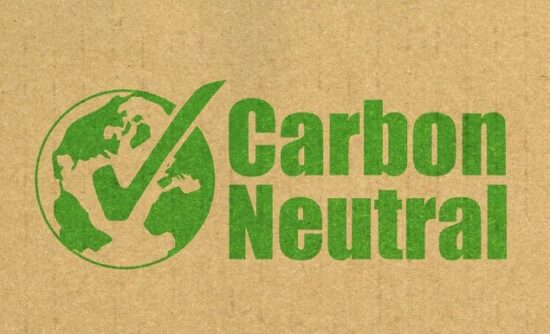In the last few weeks, a number of policy announcements provide a degree of reassurance that the United States, as the world’s second-largest greenhouse gas emitter, is taking the necessary actions to mitigate and adapt to current and future climate change.
The Inflation Reduction Act has spearheaded climate change action on many levels and here are three that I wanted to share with you today. The first is a city initiative, the second a state, and the third a federal one.
Chicago Adopts Decarbonization Building and Energy Code
The City of Chicago has adopted a 2022 Energy Transformation Code focused on electrification, energy efficiency, and decarbonization. The new code goes into effect on November 1, 2022. This is part of the city’s climate action plan to achieve a 62% reduction in greenhouse gas (GHG) emissions between now and 2040. The baseline measure being used is GHGs in 2017.
Part of the city policy initiatives commits it to 100% renewable energy use in all public buildings by 2025. All major city buildings have adopted energy efficiency ratings which have been made public. This includes residential and office towers. Like most U.S. cities, home heating is predominantly fueled by natural gas. The new code doesn’t immediately address retrofits because its focus is new construction. Chicago, however, recognizes a need to enact additional policies to replace fossil fuel space and water heating in legacy homes and buildings, as well as eliminate gas appliances in homes. The end goal is full electrification using green energy suppliers. The city still has a way to go to get there but the building code changes represent a way to ease into decarbonization.
California Phasing Out Gas Furnaces and Water Heaters
California’s Air Resources Board (CARB) announced a state implementation plan to eliminate the sale of natural-gas fired home heating appliances in the state beginning in 2030. The plan will affect new construction, building retrofits, and purchases to replace old furnaces and water heaters. It doesn’t include natural gas cooking stoves or clothes dryers.
Why CARB is targeting hot water heaters and furnaces is based on their contribution to residential-produced GHGs amounting to 90% of the total. It should be noted that buildings in the state contribute 25% to the total GHGs produced annually. A plan, however, is not a policy. So California will still have to enact legislation to make this a reality. If it is implemented it would substantially reduce not just carbon dioxide emissions, but also nitrogen oxides from residential heating sources.
Federal Government Approves a 50-State EV Charging Network
In the U.S. transportation is the biggest contributor to GHGs representing 27% of the country’s total emissions. That’s why the Federal Highway Administration has approved a plan to build an electrical vehicle (EV) charging network to span the entire country including Puerto Rico. The build is to begin immediately and cover 120,000 kilometres (75,000 miles) of the country’s highways. An EV charging infrastructure as robust as today’s gasoline stations is intended to ease range anxiety issues for consumers and encourage them to move more rapidly into emission-free vehicles. The distribution of the EV charging network will cover both cities as well as rural communities.
















